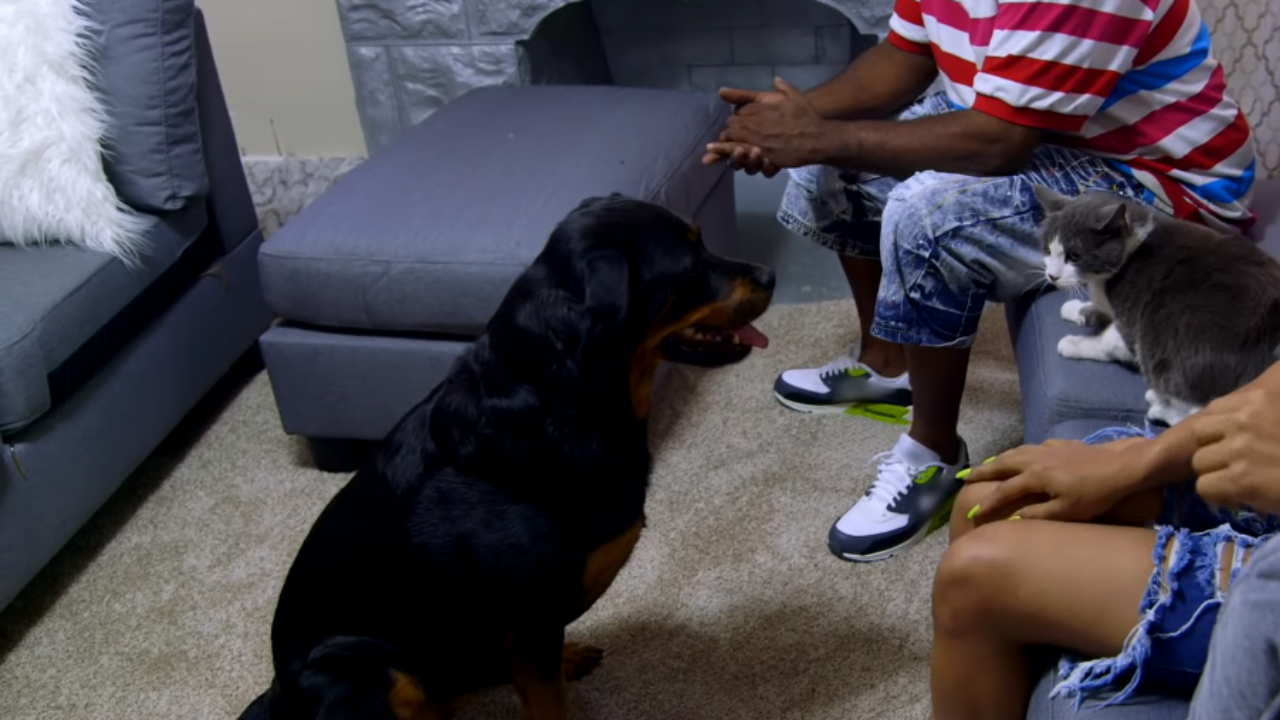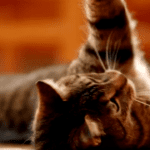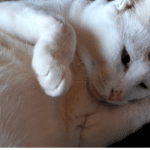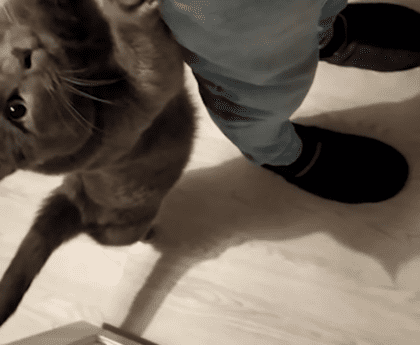- Understanding Your Cat’s Perspective
- The Gradual Introduction Process
- Signs of Progress and Caution
- Building a Harmonious Relationship
- The Role of Patience in the Transition Process
- Addressing Challenges Along the Way
- The Transformative Power of Time
- Embracing a Bright Future Together
- Conclusion: A Beautiful Friendship
A Comprehensive Guide to Introducing a Dog to Your Feline Friend
If you’ve ever found yourself pondering the question, “Will my cat hate me if I get a dog?” you’re certainly not alone. Introducing a new dog to a household with a resident cat can be a delicate process, fraught with uncertainties. As a pet owner, your goal is to ensure a harmonious transition that will foster a strong bond between your cat and the new canine companion. In this comprehensive guide, we’ll explore the intricacies of introducing a dog to your feline friend, providing you with actionable insights and strategies for a successful integration.
Understanding Your Cat’s Perspective
Cats and Change: A Delicate Balance
Before delving into the process of introducing a dog to your cat, it’s essential to grasp the unique nature of feline behavior. Cats are territorial creatures, and they value their safe spaces and routines. The introduction of a dog can disrupt this equilibrium, potentially leading to stress and anxiety in your cat. However, with careful planning and patience, you can minimize these negative impacts and facilitate a smoother transition.
The Gradual Introduction Process
Patience: The Key to Success
The key to a successful introduction is gradualism. Abruptly thrusting your cat and a new dog together can result in fear and aggression. Instead, follow these steps to ensure a gradual and positive integration:
1. Scent Exchange
Begin by allowing your cat and the new dog to become familiar with each other’s scents before they physically meet. Swap bedding or use a cloth to rub each pet and then place it near the other animal’s resting spot. This helps them associate the new scent with a sense of comfort.
2. Controlled Visual Introduction
Utilize a baby gate or a cracked door to allow your cat and the dog to see each other without direct contact. Reward both pets with treats and praise for calm behavior during these interactions.
3. Short and Positive Encounters
Gradually increase the length of face-to-face interactions between your cat and the dog. Keep these sessions short, positive, and supervised. Offer treats and affection to both pets as a reward for their calm behavior.
4. Safe Zones
Ensure your cat has access to safe zones where the dog cannot reach. This provides your cat with a sense of security and control, which is crucial for their well-being during this transition.
Signs of Progress and Caution
Reading Your Pets
As you progress through the introduction process, pay close attention to the body language and behavior of both your cat and the dog. Positive signs include:
- Curiosity: If your cat displays curiosity towards the dog, such as approaching them without hissing or growling, it’s a promising sign of potential friendship.
- Relaxed Posture: A dog with a relaxed body and wagging tail, along with a cat that doesn’t puff up or arch its back, indicates growing acceptance.
However, there are cautionary signs to watch for:
- Aggressive Posture: If either pet shows signs of aggression, such as raised hackles or hissing, it’s crucial to separate them immediately to prevent escalation.
- Avoidance: If your cat consistently avoids the dog or hides for extended periods, it might signify stress or discomfort.
Building a Harmonious Relationship
The Art of Coexistence
As your cat and dog gradually adapt to each other’s presence, it’s important to foster a harmonious relationship between them. Here are some strategies to consider:
1. Individual Attention
Continue to spend quality one-on-one time with both your cat and the dog. This helps them associate positive experiences with your presence and minimizes any potential jealousy.
2. Shared Activities
Engage both pets in shared activities, such as playtime or interactive feeding. This encourages positive associations and can help them bond over enjoyable experiences.
3. Training and Obedience
Invest time in training your dog to respond to commands and cues. A well-behaved dog is less likely to startle or chase your cat, contributing to a more relaxed environment.
4. Patience and Progress
Remember that building a strong bond between your cat and dog takes time. Celebrate even small victories and remain patient as they learn to coexist peacefully.
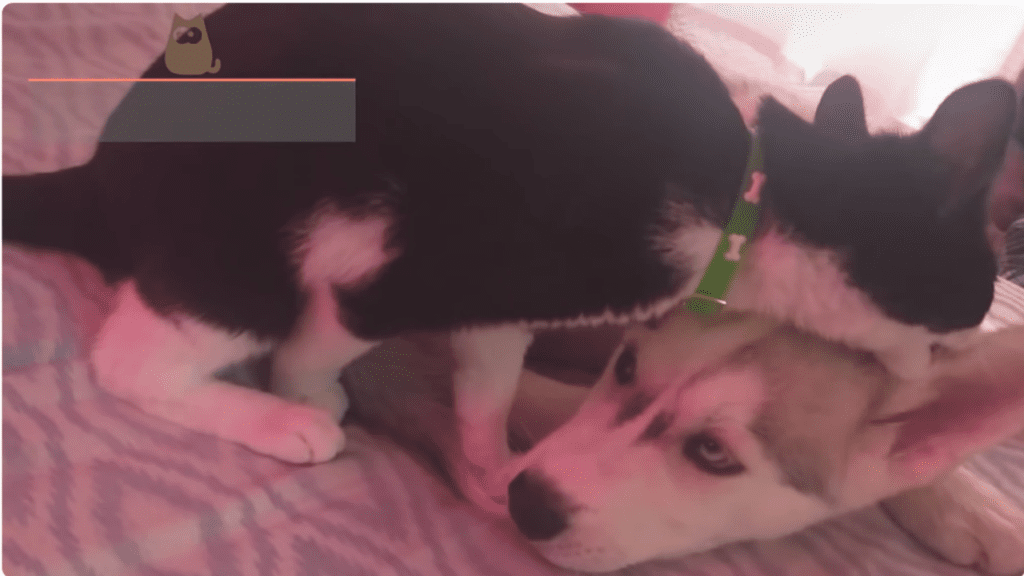
The Role of Patience in the Transition Process
Nurturing a Positive Environment
Patience is the cornerstone of a successful introduction. Cats are creatures of habit, and any significant change can trigger stress. When introducing a new dog to your cat, maintaining a positive and patient environment is essential. Here’s how you can approach this delicate process:
1. Calm Energy
When bringing the dog into the house, exude calm and positive energy. Your cat will pick up on your emotions, and a composed demeanor will help reassure them.
2. Separate Spaces
Initially, provide separate spaces for your cat and dog. This ensures that your cat has a retreat where they can feel safe. Gradually, you can expand their territories as they grow more comfortable.
3. Observational Learning
Cats are observant creatures. Allow your cat to watch the dog from a safe distance. This enables them to become familiar with the dog’s behavior without feeling threatened.
4. Positive Reinforcement
Reward both your cat and the dog for calm and friendly behavior. Use treats, toys, and praise to create positive associations with each other’s presence.

Addressing Challenges Along the Way
Overcoming Potential Hurdles
During the introduction process, you might encounter a few challenges. It’s crucial to address these issues promptly to ensure a smooth transition:
1. Territory Disputes
Cats are territorial animals, and they might feel their space is being invaded. Ensure each pet has designated areas to retreat to, reducing potential conflicts.
2. Gradual Supervision
As the two animals become more accustomed to each other, supervise their interactions. Gradually increase the duration and intensity of these sessions to build their comfort levels.
3. Environmental Enrichment
Provide environmental enrichment for both pets. This includes scratching posts, hiding spots, and interactive toys that stimulate their senses and keep them engaged.
4. Professional Help
If tensions persist or escalate, consider seeking guidance from a professional animal behaviorist. They can provide tailored advice based on your pets’ personalities and behaviors.
The Transformative Power of Time
From Acquaintances to Companions
As days turn into weeks, you’ll witness the transformative power of time. Your cat and dog may gradually progress from cautious acquaintances to genuine companions. Celebrate the small victories and remain committed to fostering a positive environment:


1. Shared Playtime
Encourage interactive play sessions between your cat and dog. Activities such as chasing toys or batting at feather wands can help them bond through shared experiences.
2. Mutual Grooming
Grooming is a social behavior that signifies acceptance and trust among animals. If your cat and dog engage in mutual grooming behaviors, it’s a heartwarming sign of their growing friendship.
3. Cozy Cuddles
Witnessing your cat and dog snuggle up together is a heartwarming moment. It demonstrates that they feel secure and comfortable in each other’s presence.
4. Individual Identities
While your cat and dog may form a close bond, remember that they are still individuals with unique preferences. Respect their need for personal space and time.
Embracing a Bright Future Together
A Harmonious Household
In the end, the journey of introducing a dog to your cat is about creating a harmonious household filled with love and companionship. By following the steps outlined in this guide, you’re setting the stage for a beautiful relationship to blossom:
1. Continued Patience
Even as your cat and dog become closer, patience remains paramount. Continue to foster a positive environment and provide support as they navigate their newfound friendship.
2. Celebrating Progress
Celebrate each milestone along the way. Whether it’s a playful interaction or a shared nap, these moments are a testament to the successful integration of your pets.
3. Lasting Bonds
As time goes on, the bonds between your cat and dog will only strengthen. Your home will be filled with the joyous presence of two distinct yet harmoniously coexisting creatures.
4. Enriched Lives
Ultimately, the decision to bring a new dog into your cat’s life can enrich both of their lives. They’ll provide each other with companionship, play, and an unwavering source of comfort.
Conclusion: A Beautiful Friendship
Embracing the Possibilities
In answering the question, “Will my cat hate me if I get a dog?” the answer is not set in stone. With the right approach, patience, and understanding, you can lay the foundation for a beautiful friendship between your cat and your new canine companion. Remember that each pet is unique, and the journey to harmony might have its ups and downs. By following these carefully crafted steps and allowing both pets to set their own pace, you can create an environment where both your cat and dog thrive, enhancing your household with love, companionship, and joy.
In conclusion, introducing a dog to your cat is a journey that requires careful planning and dedication. By respecting your cat’s individuality and the gradual introduction process, you can pave the way for a harmonious relationship that enriches the lives of both your furry friends. With the guidance provided in this guide, you’re equipped to navigate the intricacies of this delicate transition and embark on a path toward creating lasting bonds between your cat and your new dog.

